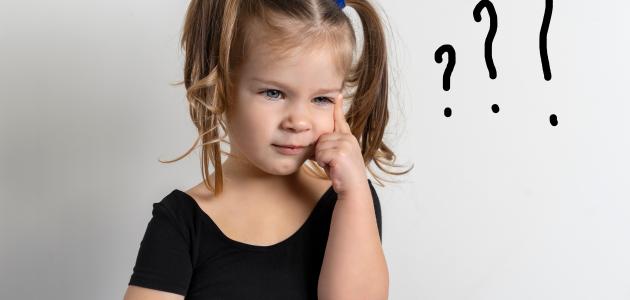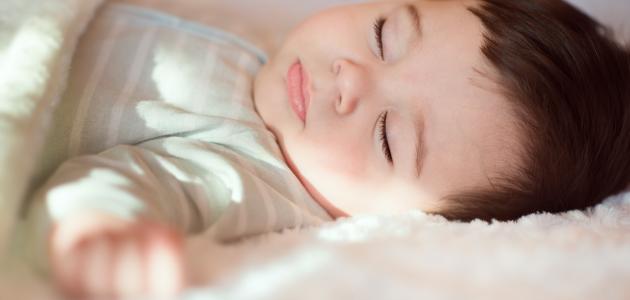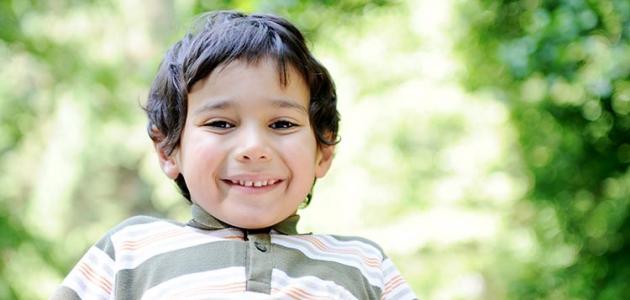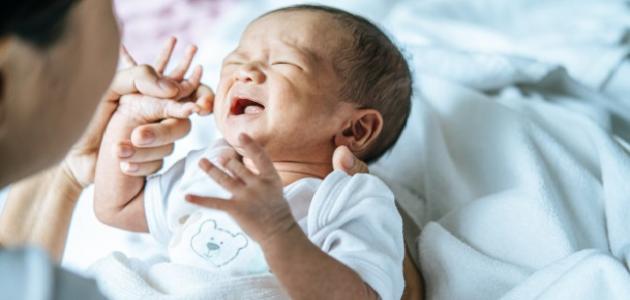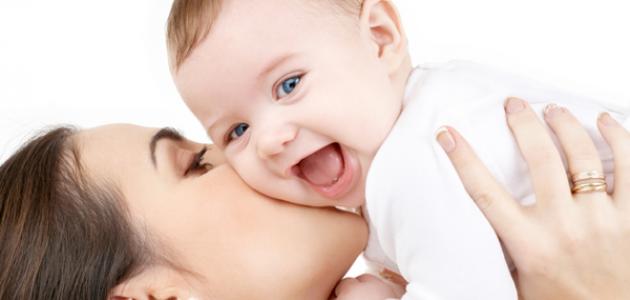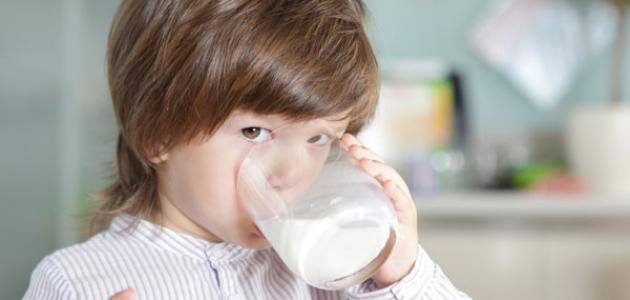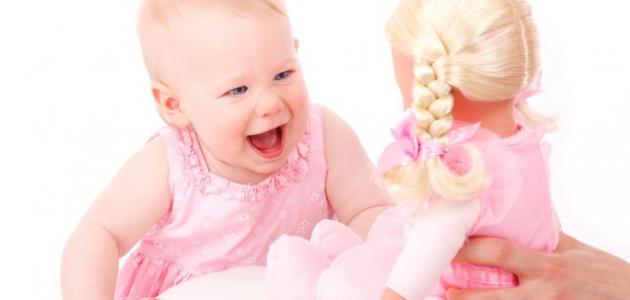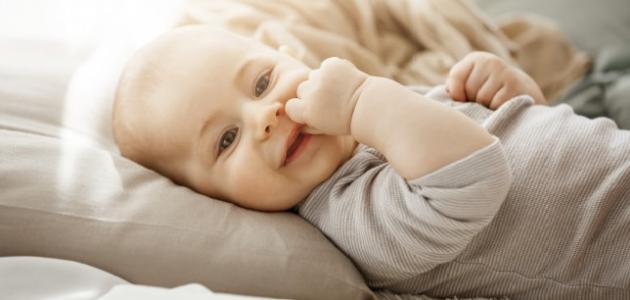Contents
Definition of childhood
The childhood one of the stages of growth experienced by the human, and the pride of their importance in it represents the growth and development stage configuration, as the body building physically happening and raise him mentally and behaviorally, and dependent individuals who live this stage , depending wholly or partially on their environment, Kaloboyn, brothers and others, ranging dependence In performing their tasks, between total and partial dependence, with the development and progression of their stage. [1]
The definition of childhood for sociologists refers to the association of childhood with adulthood, which is the state in which a person completes maturity and reliance on his activities and behaviors on himself, as an individual’s childhood can end with his work or marriage, for example, based on this definition. [1]
Childhood is defined linguistically as the period or age stage between the birth of a person until his attainment, and the meanings of language share this definition altogether, [2] to be consistent with this with the idiomatic concept of childhood, as the dictionaries of sociology and the dictionaries of psychology refer to the same concept related to that stage between birth The child and his adulthood, and the conventional definition of childhood refers to the stage that begins with the birth of a child and ends with his adulthood, and features in it that distinguish his behaviors, independence, thinking and construction during that period. [3]
As for the state of adulthood, which represents the end of the stage of childhood, it is different and is not agreed upon, as it is defined by peoples and cultures in a broad manner and not termed it, and some studies indicate that the stage of childhood continues until the individual matures and completes his growth and adulthood, and depends completely on his physical and behavioral activities depending on himself, and age The appropriate age for this situation may exceed twenty, [4] while the United Nations, through the Convention on the Rights of the Child, defines the stage of childhood adulthood ending at the age of eighteen at the latest. The International Convention on the Rights of the Child defines the concept of the child that (every human being below the age of eighteen years Age of majority before that under the law applicable to him). [5]
Middle childhood
The term middle childhood is applied to children between the ages of six and nine, which is the age at which children are admitted to school to start their primary education in the first three grades, and their perceptions expand as their circles and environments expand; As the child's relationships grow, his social circle expands, and he acquires many new skills, qualities and characteristics, so the stage, with its differences and renewal, affects the child's development and composition, and his self-reliance increases, so that his independence and self-separation from the dependency on the parents increases, and his self-identity becomes clear and this stage becomes clear. With his sexual role and natural affiliation with him. [6]
It emerges at this stage that the concrete thinking that begins its formation as a result of the student's exposure to new school knowledge that is a new entry and adding quality to the child's life, and this stage requires a special environment preparation that suits the child's growth and formative building, and the tendency of children at this stage to a different gender begins, which shows An emotional interaction and attraction towards emotion, and children are distinguished during this period by searching for appreciation and approval from outside the family, as the child's self-image represents his most important motives, necessities and priorities, which makes it imperative for him to review his actions, behaviors and skills on a daily basis, and to increase the area of competition to reach SportsOr others, and thus the reflection of distinction and the standard of admiration depends on the outlook of the external environment represented by colleagues, teachers, the child's educational circle and comrades. [7]
Characteristics of middle childhood
Children characterized in middle childhood several characteristics classified according to the needs of the child and the impact of the environment in which, and is the general characteristics of this stage being the structural characteristics of work in child training industry and the formation of physical, psychological, behavioral, educational and cognitive, and called middle childhood word childhood quiet because of the relative decline in the growth of physical Compared to the previous and subsequent stages, however, the child's social, behavioral, and emotional development and other manifestations increase steadily and clearly, given the child's exposure to new cognitive conditions related to school. The general characteristics characteristic of this stage can be summarized as follows: [8]
- At this stage, the replacement of the milk teeth begins, to be replaced by the permanent teeth of the child.
- The formation of the child's personality and independence, and the ego that expresses himself with the accompanying additions represented by the child's relations with the school community.
- A child's sense of touch develops significantly, reaching many times that of adolescents.
- The child's calm and a change in stereotypes of his personality; As it emerges at this stage the stability of the child emotionally.
The manifestations of the child 's development in the intermediate stage of childhood is represented Balnmuat physical, emotional, physiological, psychological, motor and sensory and mental, and can be expressed in these aspects of shoots in detail the child requirements and needs of each aspect of the growth aspects mentioned, and while some of the distinctive characteristics of each appearance of these manifestations comes: [6 ]
Physical and physiological growth
Middle childhood does not bring many physical changes. As the physical growth in this stage is slow compared to the previous stages, but what is noticeable is the difference in the general appearance of the details of the shape that the individual carries, and the physical growth aspects of children in this stage are summarized as follows: [6]
- The body's growth slows
- The limbs accelerate in length, while the length of the body remains balanced at a slowdown, as the length of the body increases at a rate of 5% for each year of this stage.
- Physical differences between the sexes appear, so height and weight differ between the stages of growth of the sexes, and males are taller at the end of this stage, while males and females are almost equal in weight.
- The heart rate decreases, and the blood pressure level increases.
- The length and thickness of the nerve fibers increases, and the number of nerve connections between them increases.
- The average number of hours of sleep gradually decreases to reach at the age of seven, an average of about eleven hours.
Motor growth
The development of the child's small and large muscles results in distinctive differences that represent the child's behavior and tendencies towards motor play and expressing his stimuli in a manner similar to this behavior, as the child's movements are generally refined, and he has control over his sudden and random movements, and the child tends to change his motor needs in his own manner. And other things, and the student mastered in this stage the development of new skills, such as drawing and playing with mud or clay, and the movements of the child are rough at this stage, such as their tendency to climb, jump and play ball, while the females maintain their movements and soft behaviors and the calm of their movement games. [6]
Sensory development
The child's perception of his relationship with numbers, colors and letters expands, and he can distinguish the seasons and perceive the number of months, weeks, and days of the week, and his perception of weight is related to its relationship to tools, materials and nature, and his visual perception is in harmony with the movements of his hands to gain more control over the physical representation of his expressions, and his visual, auditory and sound maturity grows. [6]
Mental development
The child's mental development accelerates in middle childhood, and this supports his enrollment in school and his exposure to broader social relations, as he learns basic skills such as numeracy, writing and reading, and his comprehension and memory abilities emerge, and his imagination grows to bear fruit in his creativity and coexistence with reality, as he moves from a state of introspective thinking. [6]
References
- ^ A b elite group of professors at the meeting at the University of Alexandria, " the reference in the social sciences" Terms of Alexandria: Dar knowledge university, page 59.
- ↑ “Definition and Meaning of Childhood” , Dictionary of Meanings .
- ↑ “Defining Childhood” , Islamweb .
- ↑ Tariq Al-Bakri (1999), “Children's magazines and their role in building the Islamic personality,” Kuwait, page 27.
- ↑ “The Convention on the Rights of the Child” , UNICEF , accessed on 2/21/2017.
- ^ A b c d c h, Hamed Zahran (1986), The Psychology of Development - Childhood and Adolescence , Egypt: Dar Al Maaref, page 206-232. Acted.
- ↑ Hani Awad (01-31-2014), “The Middle Childhood Stage and Its Distinctive Signs” , Middle East , see it on 4-4-2017
- ↑ Muhammad Abu Jaafar, Muhammad al-Marghani, Yaqoub Samama (2002), Psychology of Development , Libya: Center for Educational Curricula and Educational Research, pp. 94-99.

